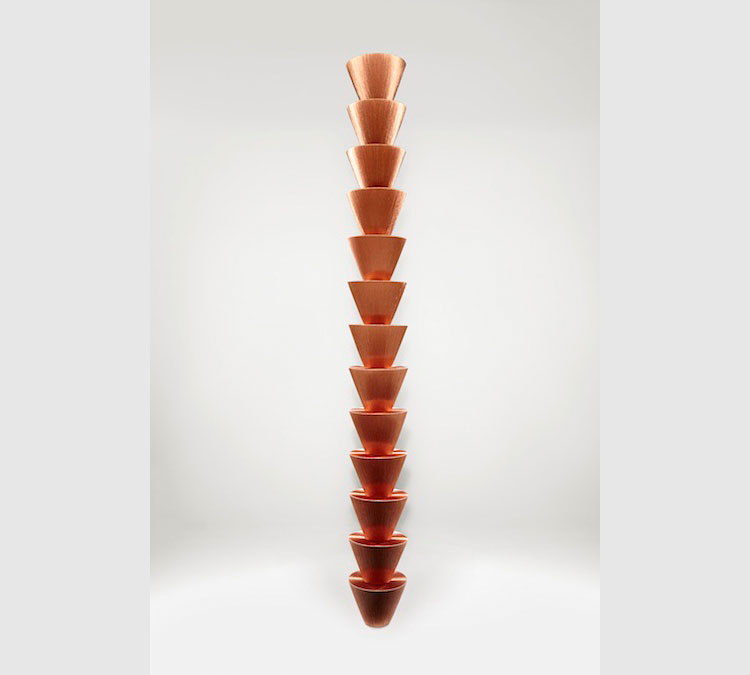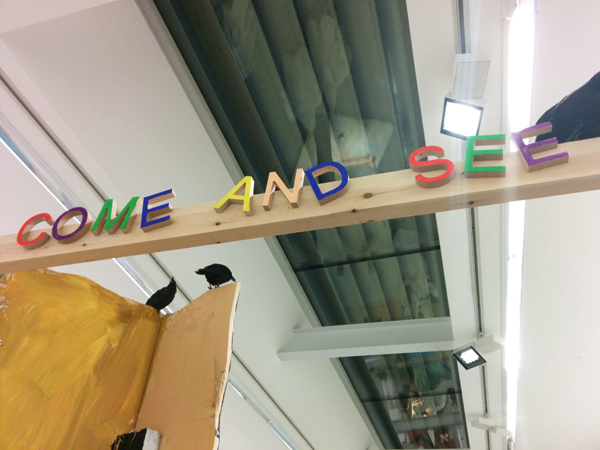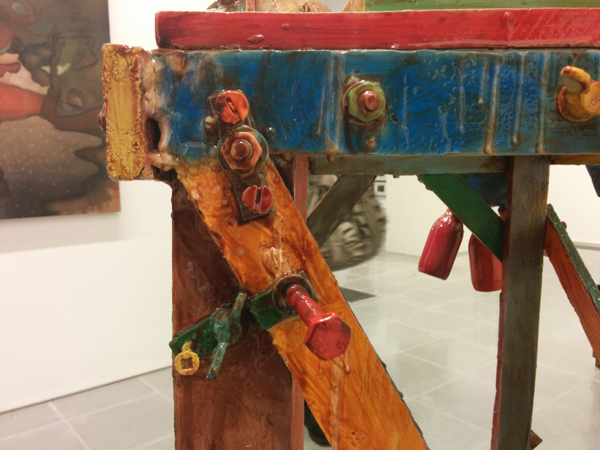Visiting certain museums feels less like seeing a collection of objects and more like stepping into a different world. It’s a sensation I had recently when I visited the venerable Pitt Rivers Museum and the brand new V&A Storehouse. Both offer a unique kind of experience, inviting you to soak in their distinct atmospheres.
There are obvious architectural similarities – in both, visitors enter through a modest doorway, traversing stairs to multi-storied, rectilinear galleries around a vast atrium. The visitor is immediately confronted by the chaos, abundance and variety of the collage of things in front of them.
View into the atrium at V&A Storehouse
View into the atrium at the Pitt Rivers
Both embrace storage as a mode of display. The aesthetic is a product of their vast collecting ambitions which far outstrip the means either institution has to display the collection in its totality – resulting in the glorious, behind-the-scenes feel.
It’s that back-of-house aspect that gives such a cosy feeling of complicity to the visitor. We’re being shown the ‘other stuff’; shown how the museums work.
In this way both places are more than the sum of their parts, functioning as meta-museums that reflect on collecting, displaying, and what it means to make sense of material culture.
This creates a complete environment, charming and welcoming in its cluttered, almost junk-drawer-like eccentricity. You know you won’t see everything. The joy is in getting lost, exploring, and simply being amongst the objects, becoming part of the exhibit for a while. To bathe in the museum.
Abundant cases and storage at the Pitt Rivers
Racking forms the structure of the museum at V&A Storehouse
[It’s a bit of interesting historical symmetry that the Pitt Rivers collection had it’s first home in east London in the V&A. It was on show as part of the Bethnal Green outpost of the South Kensington Museum – it later moved to the main site at South Kensington (now called the V&A) and was later donated to Oxford University who created the permanent home for it within their Museum of Natural History.]















































